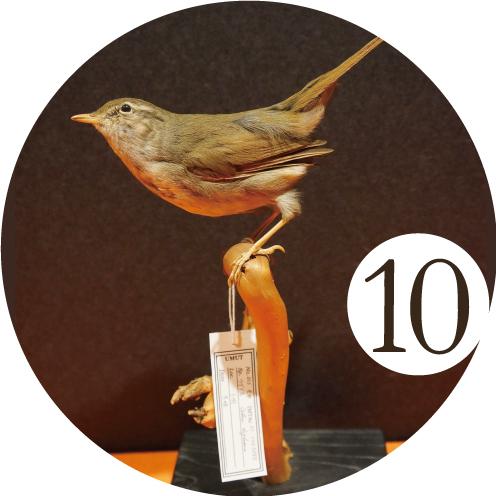Special Exhibition Aves Japonicae 〈10〉 -Wandering classification
2024.07.30-2024.09.29
STUDIOLO
"Species are the basis of living things, and are absolute" - that may seem so. However, if we consider evolution, a species is merely the current state of a constantly changing group. It is also an arbitrary definition that humans have decided on as "this is the same group". The specific scientific name given to that species also changes with revisions in classification.
Humans like to classify the world. The fact that small birds have their specific names as "Sparrow" and "Swallow" indicates the beginning of classification. On the other hand, such natural classifications are sometimes not consistent with modern biological standards. For example, there are cases where they are divided into two groups that cannot be distinguished by appearance, but have no genetic interaction. These groups are already different gene pools, and there is no prospect of sharing genes in the future. In the meaning of biology, they are already different creatures. Research using genes is progressing in birds as well, and traditional lineages and classifications are changing significantly.
Check-List of Japanese Birds published by the Ornithological Society of Japan is one standard for the classification and naming of Japanese birds. This year, the eighth revised edition of Check-List of Japanese Birds was published, reflecting the latest research results. As a consequence, the classification of many birds has changed. For example, Blue Rock Thrush was previously classified as a member of the Turdidae (Thrush) family, but subsequent research led to the Turdidae being merged into the Muscicapidae (Flycatcher) family, and in the latest edition, the Turdidae has been reinstated, but the Blue Rock Thrush is now interpreted as a member of the Muscicapidae. The Japanese Nightjar was previously considered to be part of the Southeast Asian species Caprimulgus indicus, but the population in the Far East is now considered a separate species, C. jotaka.
This time, we would like you to take a look at the changes and drifts in classification from the latest edition of Check-List of Japanese Birds.
Organizer: The University Museum, The University of Tokyo (UMUT)

